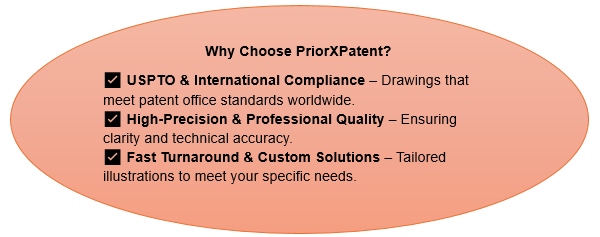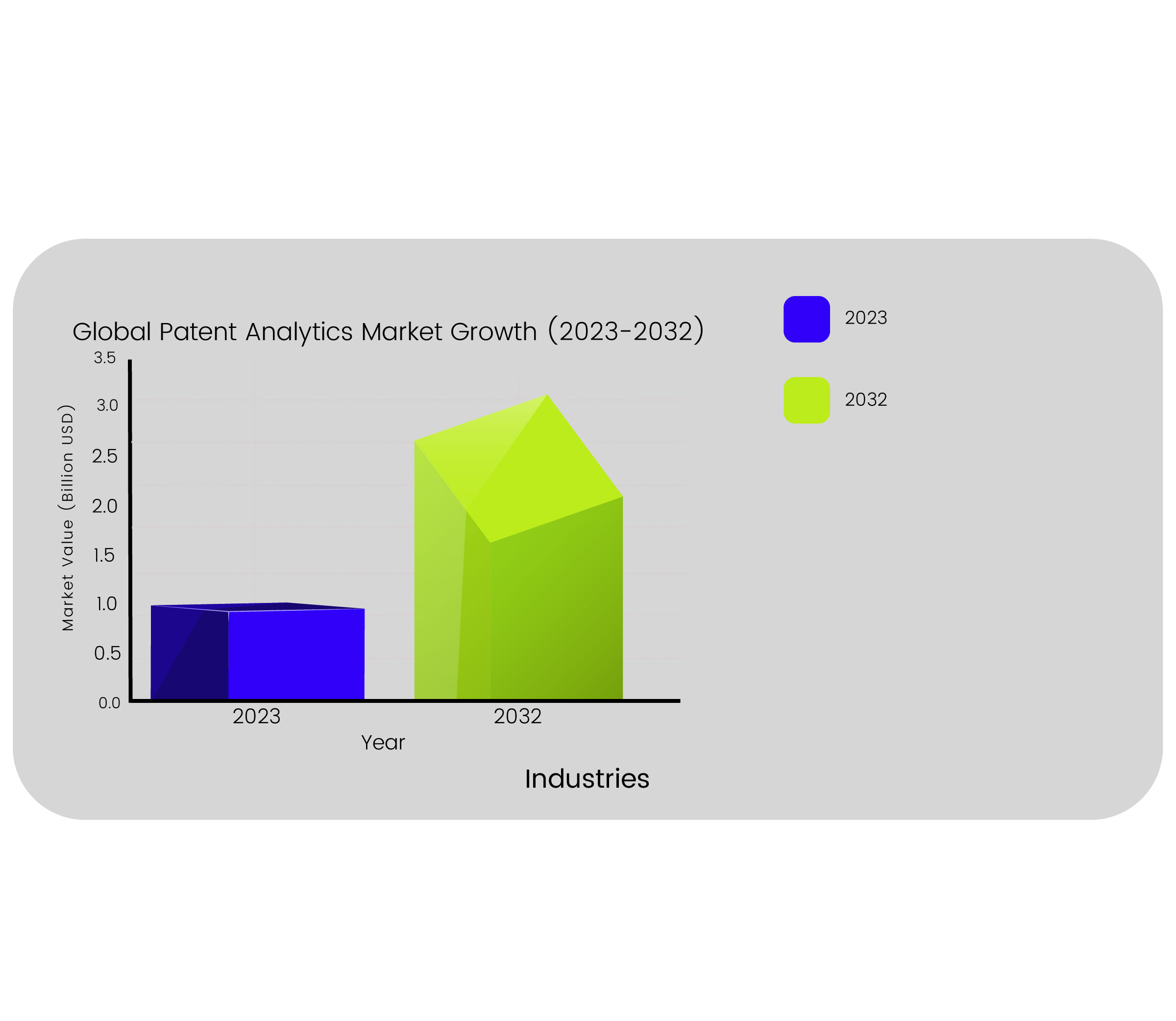RECENT DEVELOPMENTS
Market Growth and Trends
The global patent analytics market, which encompasses patent illustration services, was valued at USD 1.00 billion in 2023 and is projected to grow at a compound annual growth rate (CAGR) of 13.2%, reaching USD 3.02 billion by 2032.
Technological Advancements
The integration of 3D scanning technologies has enhanced the accuracy and detail of patent drawings. For instance, SHINING 3D's collaboration with MSCHF utilized 3D scanning to create precise patent illustrations for their footwear innovation, the 2×4 Boot.

